Gigabyte MZ01-CE1 Management
Since we have been following Gigabyte Server products for many generations, the Gigabyte MZ01-CE1 has a notable change on the management side. Traditionally, Gigabyte has utilized the Avocent MergePoint management solution for its IPMI. Here is an example from our Gigabyte R270-T61 2U Server Review.
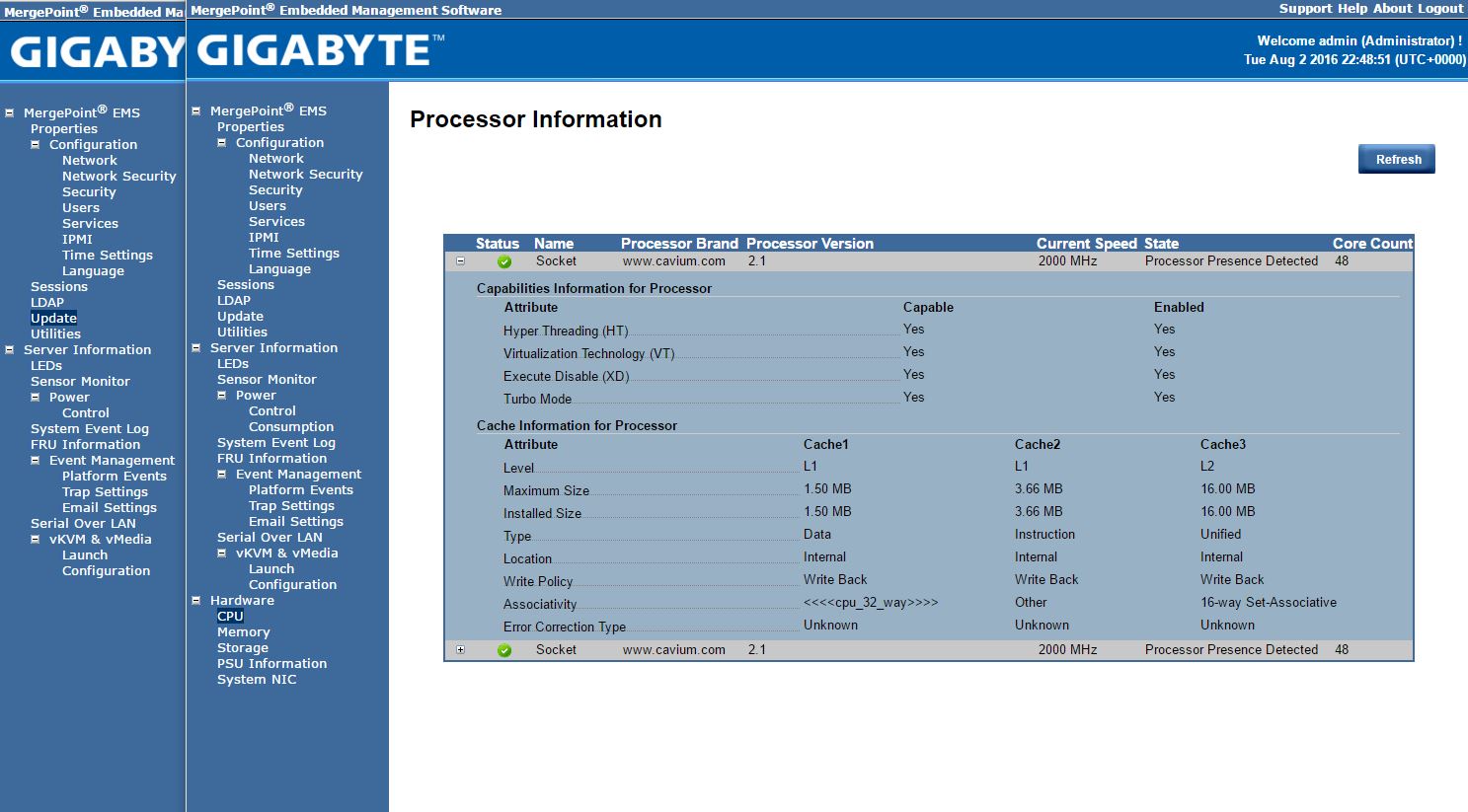
With the Gigabyte H261-Z60 review, a 2U 4-node AMD EPYC platform, we saw a change to the Megarac SP-X BMC firmware. This is a side-by-side showing the firmware update page of both. As you can see, the SP-X version looks like a significantly more modern design.
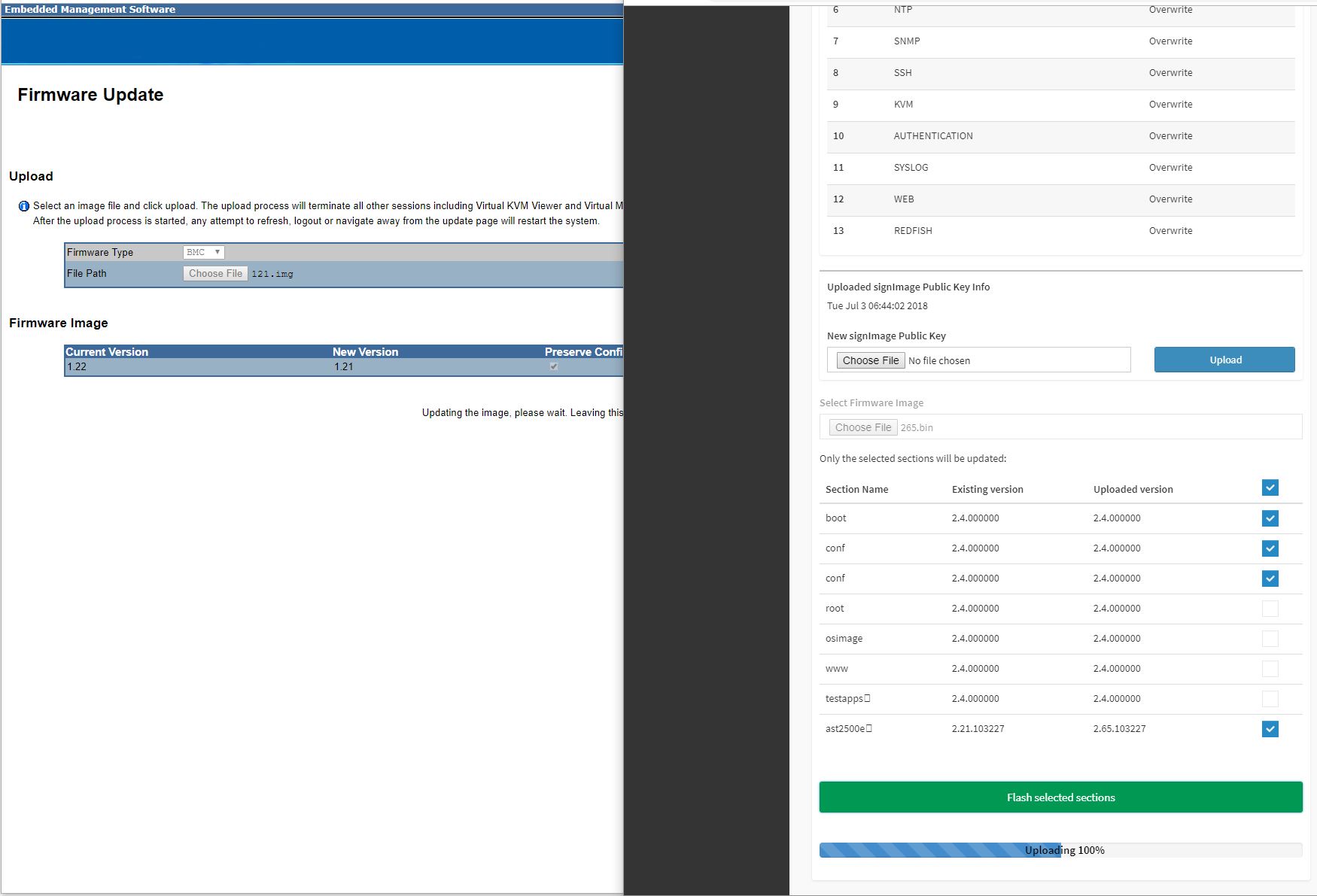
As an example, here is the dashboard which looks like a modern HTML5 web application and a step beyond the Avocent MergePoint solution we have seen previously.
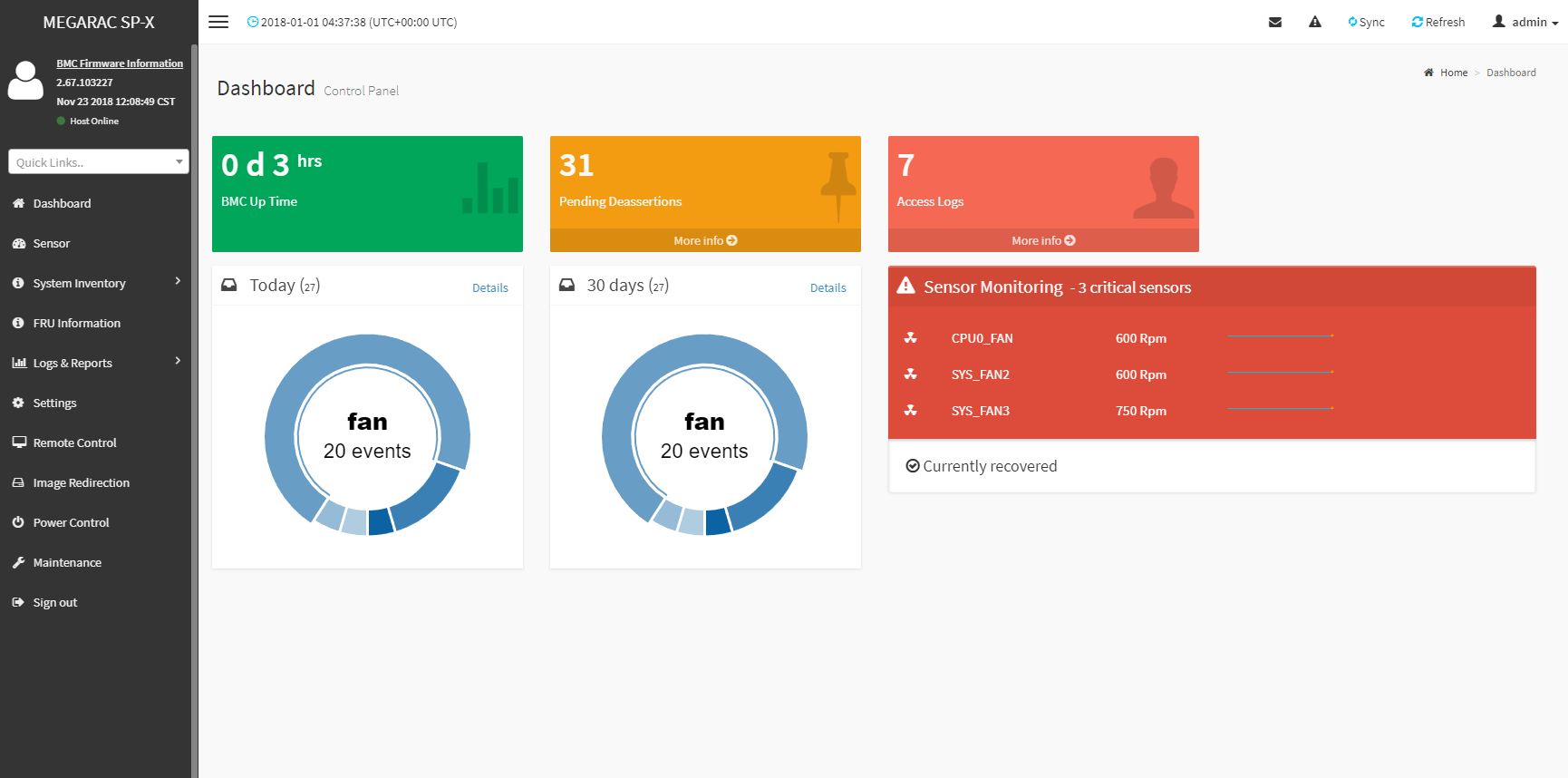
Remote iKVM is HTML5 based by default and works well. That includes remote media functionality and came included with our motherboard. Compared to Dell EMC’s iDRAC, HPE iLO, and Lenovo XClarity, the Gigabyte iKVM solution is included, not a feature that can cost several hundred dollars more.
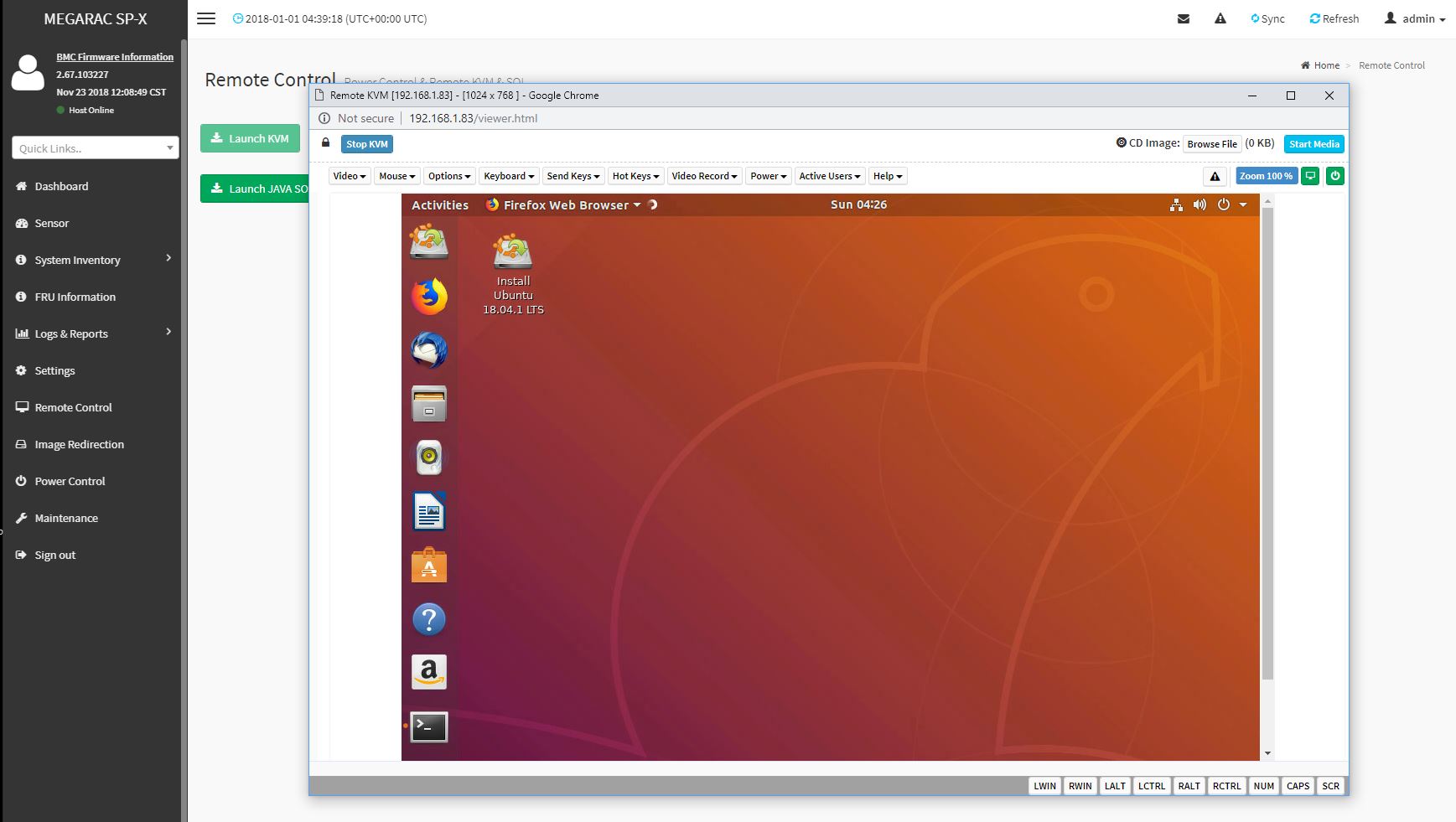
Other standard BMC functions are present. Examples include remote power cycling and even sensor and event logs.
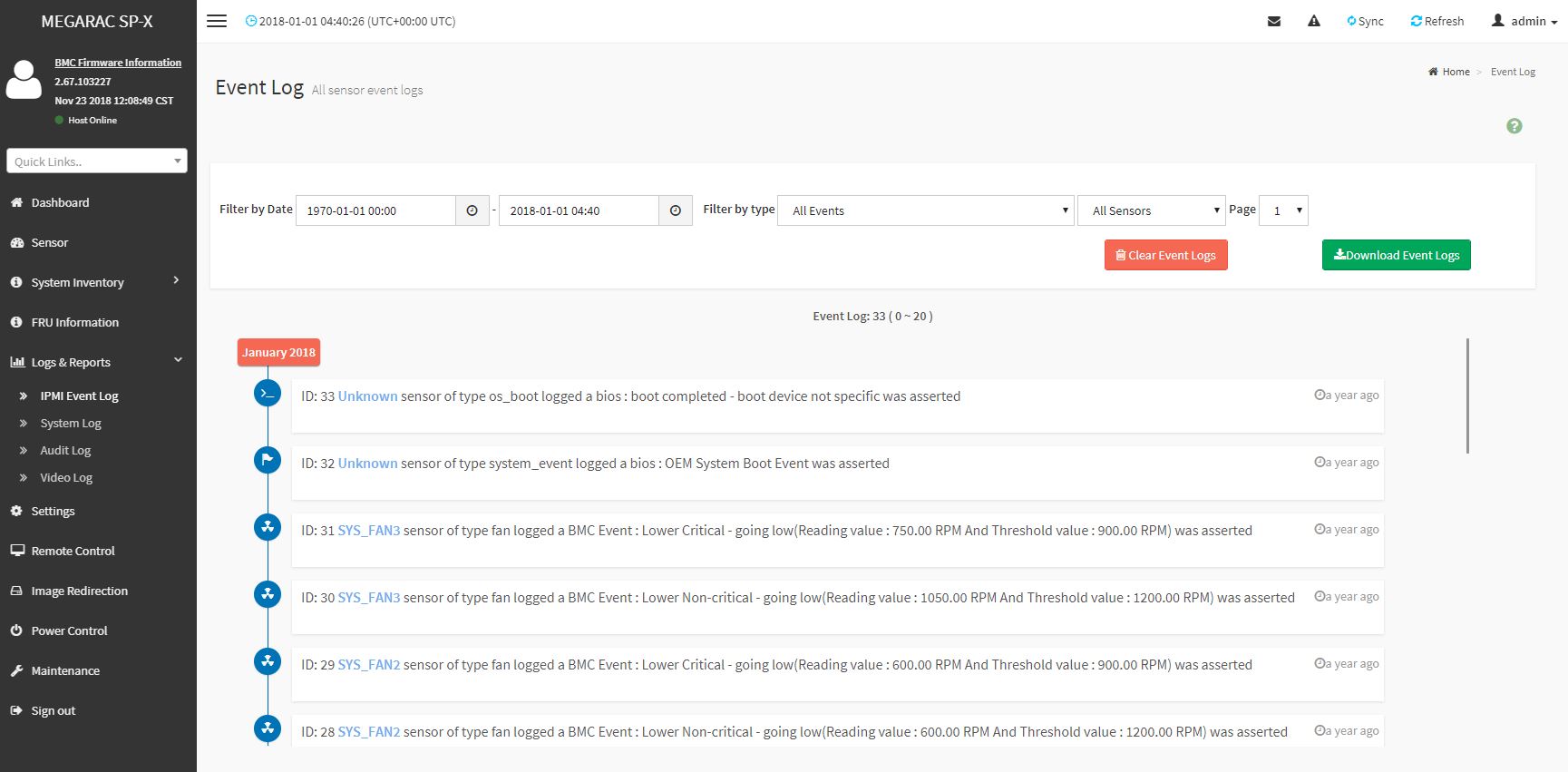
This type of functionality brings the raw data from the server to the IPMI complex which makes it reportable. Gigabyte has its Gigabyte Server Management (GSM) tool for this. Of note, at the time of this writing, the GSM agent still does not work with the Megarac SP-X solution, but Gigabyte plans to update that shortly. Other functionality outside of host agent works with GSM and the new SP-X management on the Gigabyte MZ01 motherboards.
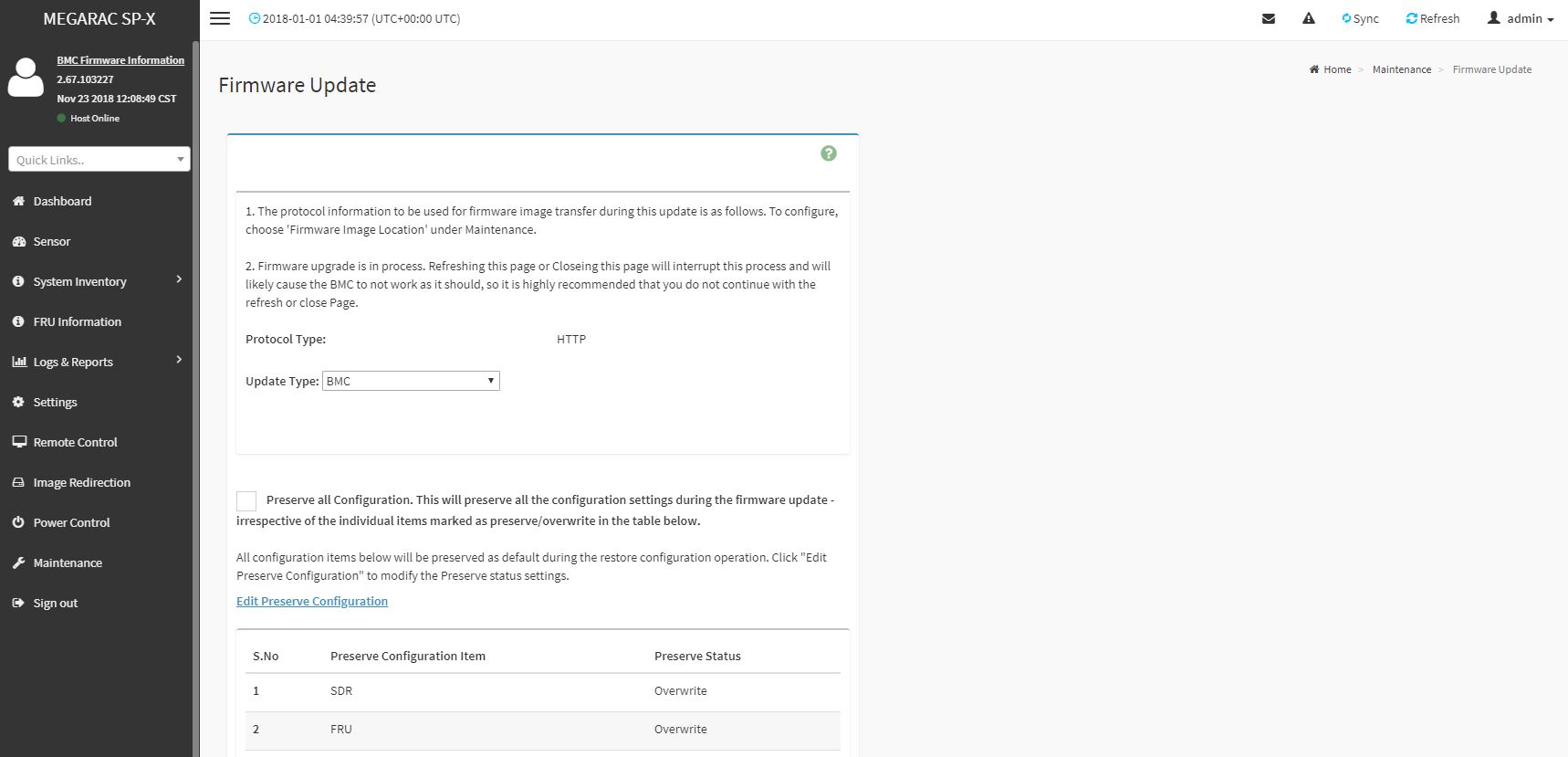
Another nice feature is that the Gigabyte MZ01 series includes remote firmware updates via the web interface and CLI. The remote BIOS upgrade is a feature Supermicro charges a nominal (~$20) license key fee for. Gigabyte includes this as standard functionality.
For the Gigabyte MZ01-CE1, this is a great IPMI management solution for either the server or workstation roles that the platform can fulfill.
Final Words
Overall, we found the Gigabyte MZ01-CE1 to be one of the best executed AMD EPYC “Naples” motherboards released to date. It has awesome GPU capabilities so long as the chassis, power supplies, and environment can support such a machine.
Readers who are looking at maximizing the platform with four GPUs may instead want to use the Gigabyte MZ01-CE0 which is essentially the same but with onboard dual 10GbE networking. When the system is installed with its maximum configuration, networking becomes a challenge, as does NVMe storage. The root of this is primarily the AMD EPYC 7000 packaging size and RAM needs along with an ATX form factor that was designed for much less substantial systems.
We want our readers to have a good understanding of what they are getting into purchasing the Gigabyte MZ01-CE1. It is a solid platform so long as you are aware of its design challenges. For many of our readers, the Gigabyte MZ01-CE1 is going to be the perfect AMD EPYC motherboard. If you want to see the MZ01-CE1 in a system, we are going to have the Gigabyte W291-Z00 in an upcoming review.




Titan V waterblocks + the Asrock Rack EPYCD8-2T might make things easier.
Pihole called…they want their dashboard back.
Very nice: this and the CE0 model. Just what the doctor ordered! When Rome lands these will make deadly workstation cum GPU boxes.
I have setup a server with Gigabyte MZ31-AR0 having Tesla K80 cards and i get a similar topology to yours i.e. (SYS) option. When i run P2P test, the bandwidth between 2 GPUs is only 3 GB/s if not the same and 8 GB/s if on the same card. IOMMU is disabled as well as ACS control. Is the reason for getting half the speed because i am traversing through the SMP interconnect between two different GPUs. Strangely enough, the Tesla K80 should have theoretical bandwidth of 16 GB/s at least on the same Tesla K80 card since i use PCIE Express 3.0 x16. Any suggestion would be highly appreciated. Many thanks.